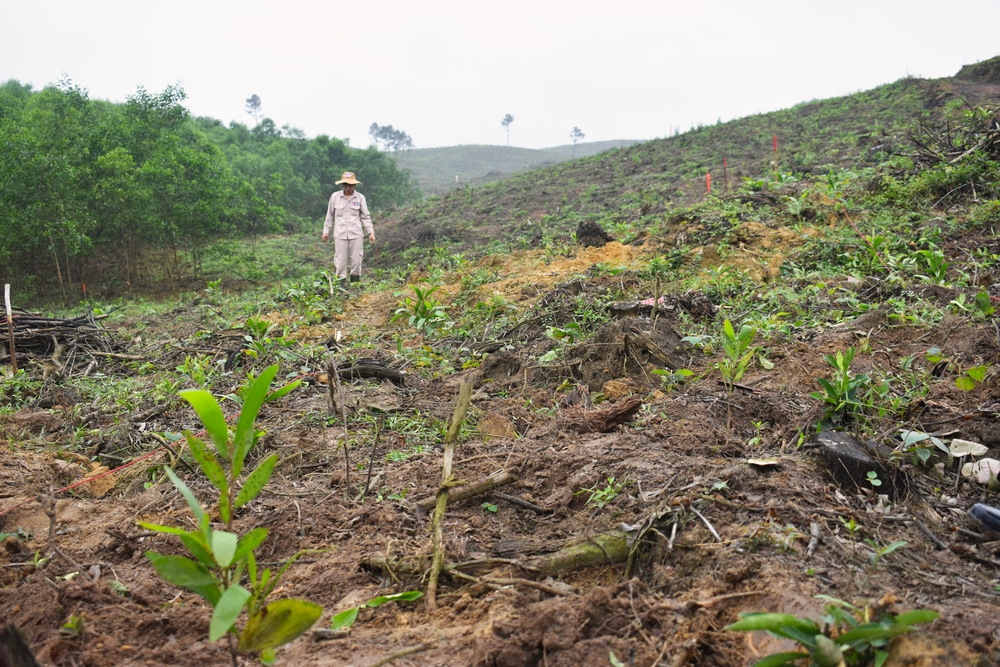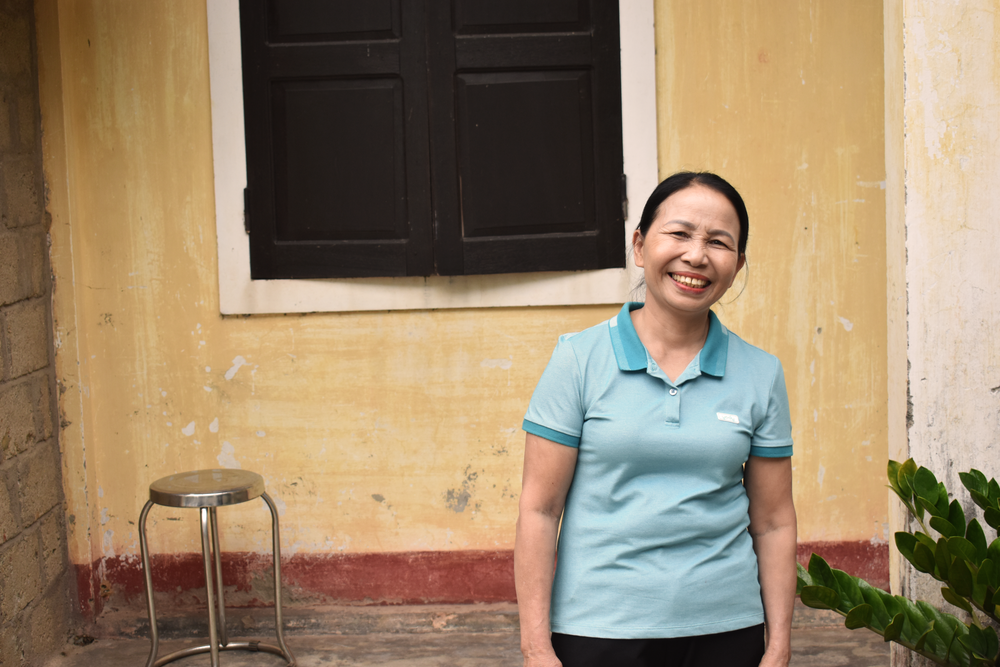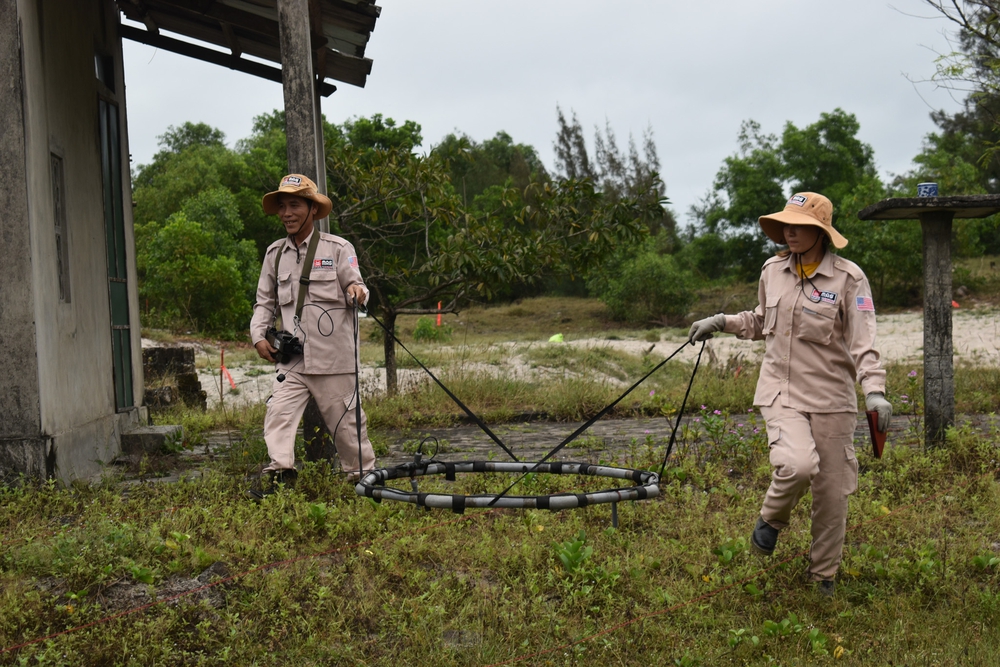Last month, I travelled to Quang Tri, sitting halfway between Hanoi and Ho Chi Minh City, one of the provinces most affected by aerial bombardment during the country’s conflict over 50 years ago.
As tranquil, vibrant rice paddies stretch out as far as the eye can see, you would never guess that thousands of unexploded bombs may still lie untouched, as dangerous as the day they were planted during the Vietnam war.
Yet, it is estimated that a third of some five million tonnes of ordnance dropped on the country failed to detonate on impact, littering large swathes of the country with deadly explosives.
Despite millions of dollars of funding, and a number of local and international organisations tasked with clearing the land in the most affected areas, tens of thousands of explosives are found by villagers and farmers every year. Many of these are children, mistaking the bombs for toys, scrap metal, or, if found in shallow streams, idle fish ready to be caught.
A quarter of a century ago, as the world was gearing up to greet a new millennium, a small team of just 30 people were preparing their first ‘task site’ here in Quang Tri: a parcel of land, chosen for its proximity to a former US military base, to be painstakingly combed through and cleared of explosives.

This area of approximately 150 hectares was filled with artillery shells, mortars, grenades, and other ammunition. After almost three years of meticulous work, often in sweltering heat, the area was cleared and declared safe by MAG.
This land is now inhabited by a woman called Lý. She remembers when it was an army base, recalling when her father would hear the terrifying sounds of explosions and run to check she was okay. Before it was cleared, her only opportunity to earn a living was to farm the land – full of fear that she could at any moment step on something that could see her lose a limb, or her life.
When she saw the chance to join MAG, she jumped at the chance. For the past two and a half decades she has worked as a deminer, equipped with expert training and specialist equipment to safely find, mark, and destroy items that have laid hidden underground for 50 years. As she and her team visit new task sites systematically marked out to clear the country mile by mile, her family is one of thirty that now lives on that first parcel of land handed back to the community in 2002.

A quarter of a century later, over 700 people are employed by MAG in Vietnam to clear land across two of the most affected provinces: Quang Tri and Quang Binh. From humble beginnings at that first site, they are now the largest civilian mine action organisation in the country.
In that time, over 250 square kilometres of land have been cleared, each one of them bringing with it the opportunity for communities to farm, work and live in safety. Within that area, 390,000 unexploded bombs and landmines have been found and safely destroyed.
Despite the estimates, it is hard to know exactly how many items lie waiting to be cleared beneath the rolling hills and grazing water buffalo. Yet the mission for MAG and many other organisations remains – to remove every item left behind by the war that gripped this country for twenty years. Just last week, our team safely removed a 500lb bomb that was found within a few miles of a beach that attracts hundreds of thousands of tourists every year - a stark reminder of the very real threat that remains both in Vietnam, and across the region.
In neighbouring Laos, where MAG has been active for three decades, cluster bomb contamination continues to claim lives and hinder development. So too in Cambodia to the west, where one person still loses their life every week because of unexploded ordnance.
In total, the United States and its allies dropped some 7.5 million tons of bombs on across all three countries, and despite the considerable progress that has been made, it is communities who continue to pay the highest price – for a legacy that they had no choice but to inherit.

Find out more about our work in Vietnam here.





